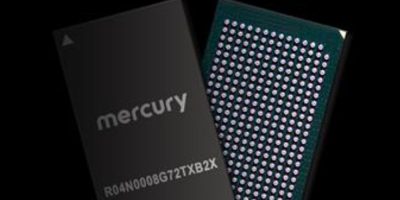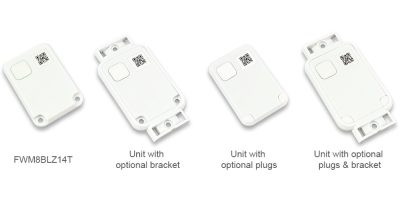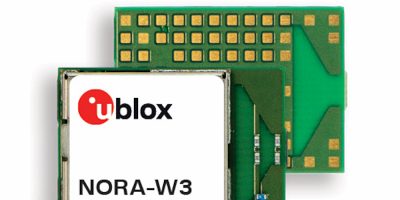A collaboration between Semtech and Exeger “significantly extends” the battery life of asset tracking and environmental sensing devices, said Semtech.
Partnering with the Swedish manufacturer of customisable solar cells, the pair have combined Semtech’s LoRa Edge asset management platform with Exeger’s Powerfoyle solar cell technology.
Semtech’s LoRa Edge scans GNSS satellites as well as Wi-Fi SSIDs and partitions the processing between IoT devices and the LoRa Cloud to determine location. The cloud-based solver is claimed to significantly reduce power consumption and increase battery life. Exeger’s Powerfoyle is can be integrated seamlessly into any electronics device and uses solar cell technology to convert all forms of light to charge and power devices with clean, endless energy.
“Coupling the benefits of Powerfoyle with the ultra-low power capabilities of Semtech’s LoRa devices will provide IoT applications with an extended or even unlimited battery life,” said Dr. Oscar Hemberg, chief product integration officer at Exeger. “Together, we move one step closer to energy independence through more sustainable products powered with clean, endless energy.”
The patented Powerfoyle material integrates into IoT sensors with Semtech’s LoRa Edge chip-to-cloud platform. Combining both technologies is expected to spur a world of new solar-powered tracking applications for geolocation use cases, including indoor and outdoor asset tracking, global supply chain logistics, agriculture, smart utilities, and smart cities.
“LoRa devices enable smart IoT applications that help solve some of the biggest challenges facing our planet,” said Marc Pégulu, vice president and general manager for Semtech’s Wireless and Sensing Products Group. “Semtech and Exeger’s collaboration will enable manufacturers to develop IoT devices leveraging new energy harvesting technology for a smarter and more sustainable future.”
New IoT asset trackers will be showcased at EdgeTech+ 2022 (16 to 18 November) in Yokahama, Japan, in the LoRa Pavilion, booth A-H04.







